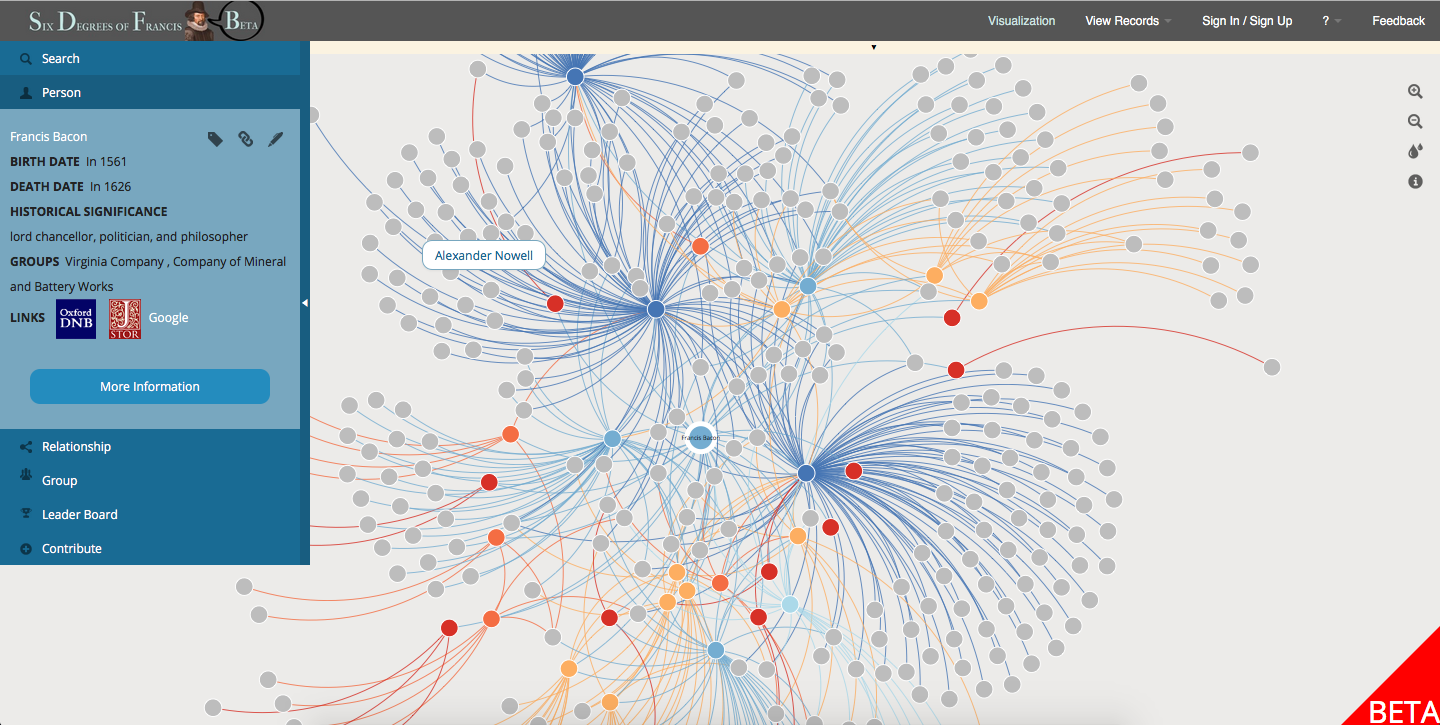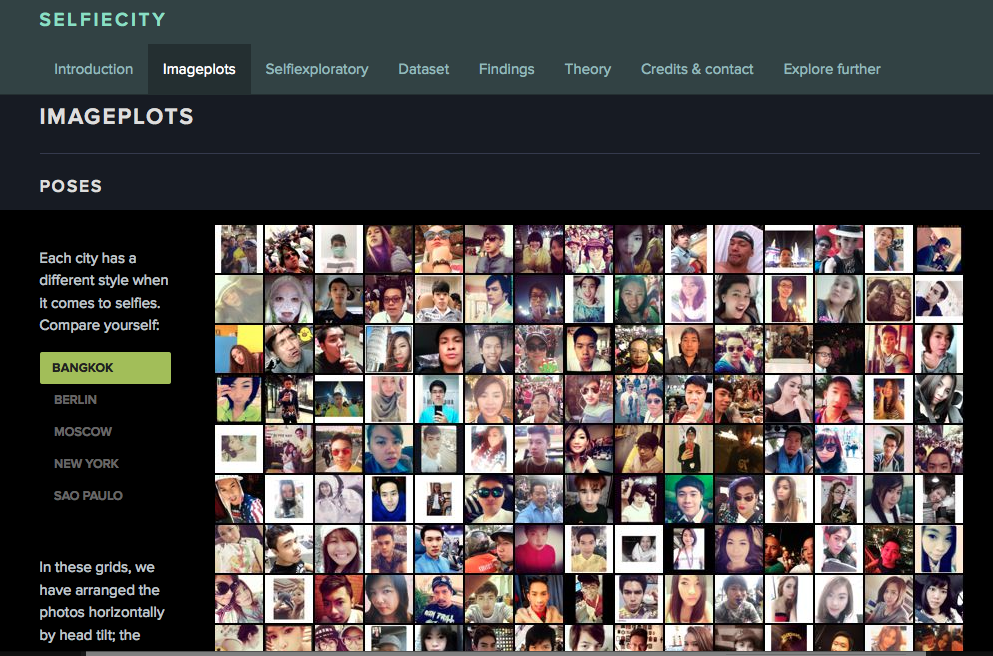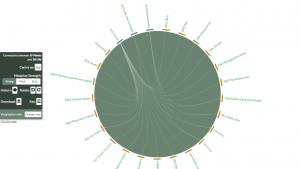Category: Visualization
SelfieCity
Micki Kaufman describes her project:
“This project is an application of ‘big data’ computational text analysis techniques to research the Digital National Security Archive (DNSA)’s recently released Kissinger Collections, comprising approximately 17500 meeting memoranda (‘memcons’) and teleconference transcripts (‘telcons’) detailing Kissinger’s correspondence during the period 1969-1977: it is a first effort at ‘Diplonomics’.
The declassification of  the Kissinger material by the State Department and the hosting of that material on the DNSA’s Kissinger Collection web site therefore presents an opportunity and a challenge for historians. While having this large volume of information online for researchers is valuable, the restriction to a web-based ‘search’ interface can render it of limited use to researchers. The application of more sophisticated computational techniques permits a comprehensive analysis of the historical records of the Kissinger collection at the DNSA, and facilitates meaningful historical interpretations.”
the Kissinger material by the State Department and the hosting of that material on the DNSA’s Kissinger Collection web site therefore presents an opportunity and a challenge for historians. While having this large volume of information online for researchers is valuable, the restriction to a web-based ‘search’ interface can render it of limited use to researchers. The application of more sophisticated computational techniques permits a comprehensive analysis of the historical records of the Kissinger collection at the DNSA, and facilitates meaningful historical interpretations.”
Taken from http://blog.quantifyingkissinger.com/
‘Mapping Metaphor with the Historical Thesaurus‘ is a project researching changes in metaphorical thought and expression in the history of English. It was funded by the AHRC (grant reference AH/I02266X/1), was based in English Language, and ran from January 2012 to March 2015. From April 2015 to March 2016, we are continuing this work with the AHRC-funded project ‘Metaphor in the Curriculum’. Working with partners in education, this project uses the Mapping Metaphor research to create materials for schools based around metaphor.
*Our online, freely-available Metaphor Map of the English language is now available at this address*: http://mappingmetaphor.arts.gla.ac.uk. See our blog and Twitter feed for news, events and information.
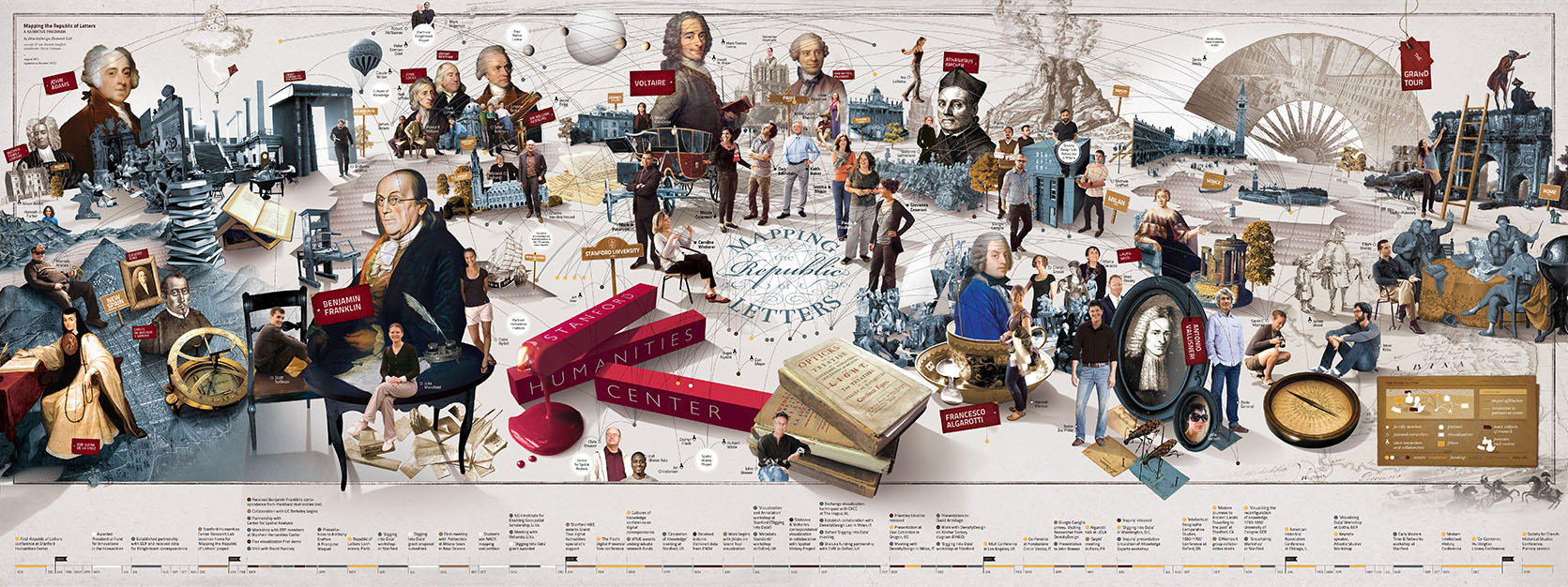
About the Project
(excerpted from the project website)
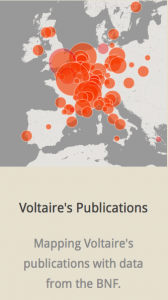
Before email, faculty meetings, international colloquia, and professional associations, the world of scholarship relied on its own networks: networks of correspondence that stretched across countries and continents; the social networks created by scientific academies; and the physical networks brought about by travel. These networks were the lifelines of learning, from the age of Erasmus to the age of Franklin. They facilitated the dissemination and the criticism,of ideas, the spread of political news, as well as the circulation of people and objects.
